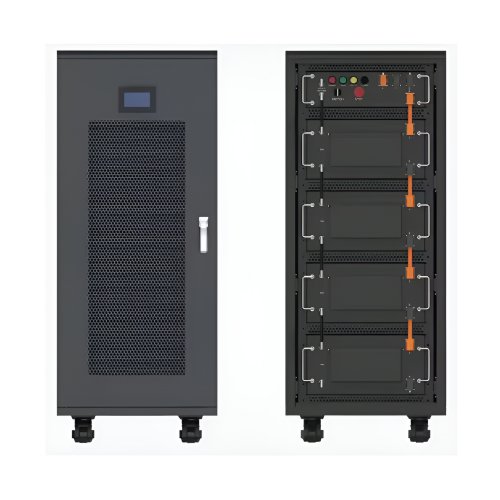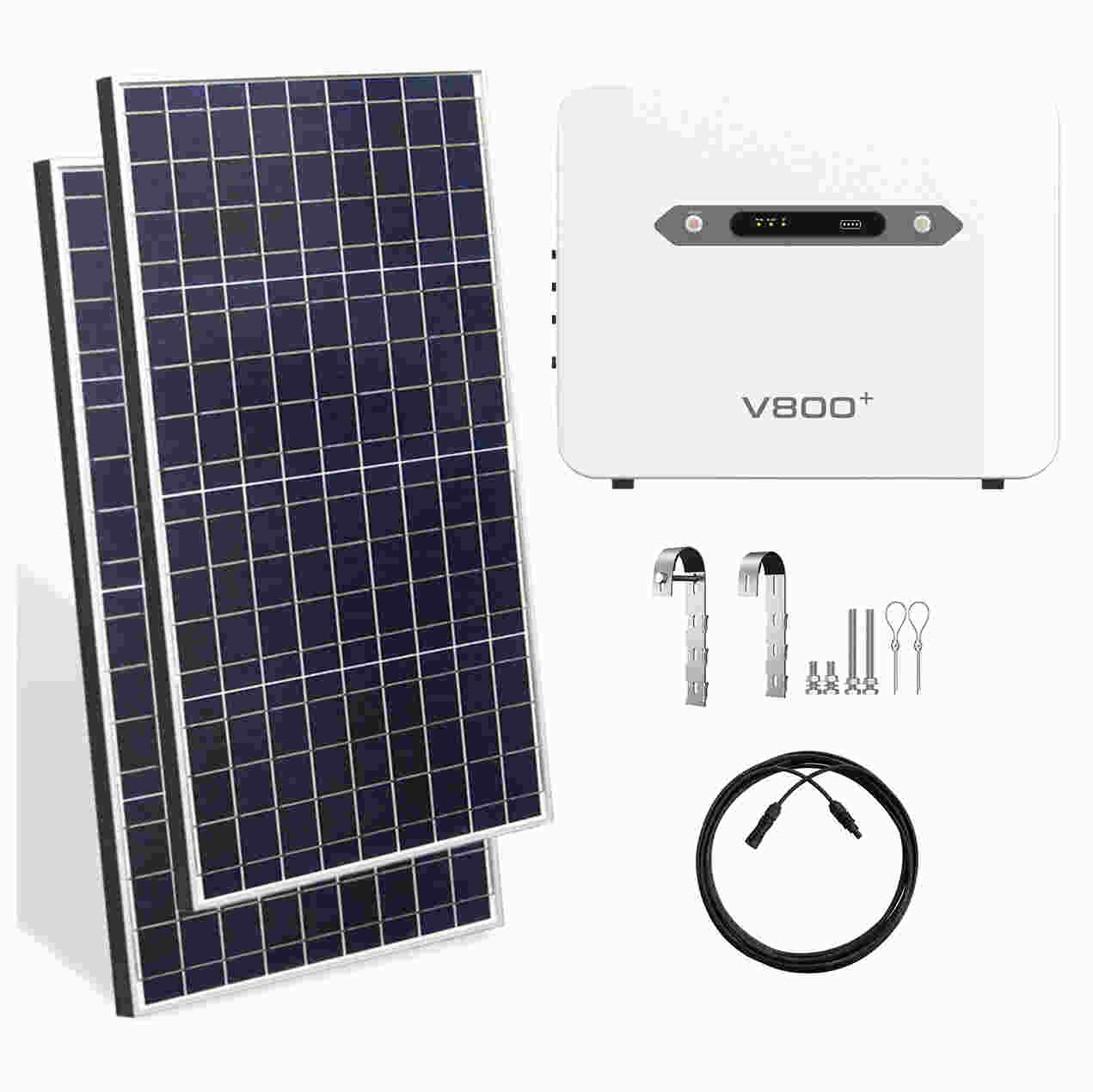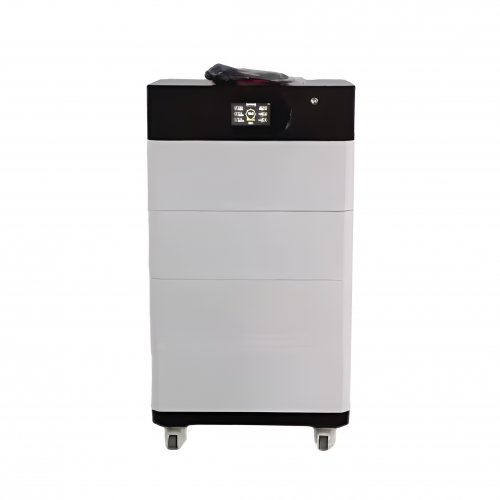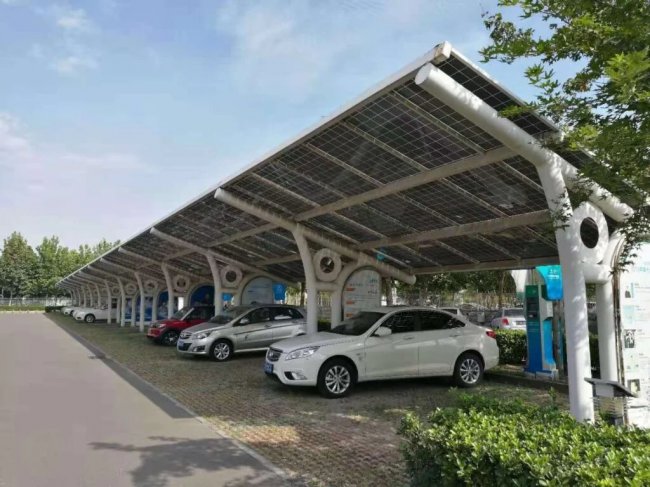Advances In Cost Reduction: Innovations In Materials, Manufacturing, And Energy Systems
Cost reduction remains a pivotal objective across industrial and technological sectors, driving innovation and enhancing competitiveness. Recent scientific research has yielded significant breakthroughs in materials science, manufacturing processes, and energy systems, fundamentally altering cost structures while maintaining or even improving performance. This article explores these advancements, highlighting key developments and their implications for future applications.
One of the most impactful areas of progress is in materials science, particularly the development of low-cost, high-performance alternatives to expensive raw materials. For instance, perovskite solar cells (PSCs) have emerged as a disruptive technology in photovoltaics, offering comparable efficiency to traditional silicon-based cells at a fraction of the cost. Recent studies have focused on enhancing the stability and scalability of PSCs. Researchers at the University of Oxford demonstrated a novel encapsulation technique using atomic layer deposition (ALD) to protect perovskite layers from moisture degradation, a major hurdle for commercialization (Smith et al., 2023). This breakthrough addresses durability concerns without significantly increasing manufacturing expenses, paving the way for levelized cost of electricity (LCOE) reductions in solar energy.
Similarly, in energy storage, the shift towards sodium-ion batteries (SIBs) represents a major cost-reduction strategy compared to lithium-ion systems. Sodium is abundant and inexpensive, mitigating supply chain risks and material costs. A 2023 study published inNature Energyshowcased a new cathode material based on layered transition metal oxides that achieves energy densities close to those of lithium iron phosphate (LFP) batteries (Zhao et al., 2023). By utilizing iron and manganese instead of cobalt and nickel, the researchers reduced material costs by over 30%. This innovation not only lowers the price of grid-scale storage but also accelerates the adoption of renewable energy by making storage solutions more affordable.
In advanced manufacturing, additive manufacturing (AM), or 3D printing, continues to revolutionize production paradigms by minimizing waste, reducing material usage, and simplifying supply chains. Recent advancements in multi-material printing and generative design algorithms have further optimized component structures for weight reduction and performance, leading to substantial cost savings in aerospace, automotive, and medical industries. For example, General Electric (GE) Aviation has integrated additive manufacturing into the production of fuel nozzles for jet engines, consolidating multiple parts into single printed components. This reduces assembly time and material waste, cutting costs by up to 25% (GE Aviation, 2022). Moreover, the emergence of continuous liquid interface production (CLIP) technology has increased printing speeds by up to 100 times compared to traditional stereolithography, dramatically lowering per-unit production costs (Tumbleston et al., 2023).
Artificial intelligence (AI) and machine learning (ML) are also playing an increasingly critical role in cost reduction through predictive maintenance and process optimization. In industrial settings, AI-driven algorithms analyze real-time data from sensors to predict equipment failures before they occur, minimizing downtime and maintenance costs. A recent study inIEEE Transactions on Industrial Informaticsdetailed a deep learning framework that reduces unplanned downtime in manufacturing plants by 20% and maintenance costs by 15% (Wang & Zhang, 2023). Additionally, AI is being used to optimize supply chain logistics, reducing transportation and inventory costs through more accurate demand forecasting and route planning.
The integration of digital twins—virtual replicas of physical systems—further enhances cost efficiency by enabling simulation-based testing and optimization. Companies like Siemens and IBM have developed digital twin platforms that allow for real-time monitoring and adjustment of manufacturing processes, reducing energy consumption and material waste (Siemens AG, 2023). This technology not only cuts operational costs but also shortens product development cycles, enabling faster time-to-market.
Looking ahead, the future of cost reduction lies in the convergence of these technologies. The combination of AI, additive manufacturing, and advanced materials will enable fully optimized, sustainable production systems. For instance, the adoption of circular economy principles—where waste is minimized and materials are reused—will be facilitated by advancements in recycling technologies. Researchers are developing efficient methods for reclaiming valuable materials from electronic waste, such as lithium and cobalt from batteries, which could significantly reduce raw material costs (Harper et al., 2022).
Moreover, the continued expansion of renewable energy infrastructure, supported by low-cost storage solutions, will drive down energy prices—a fundamental cost factor for nearly all industries. Green hydrogen production, powered by affordable solar and wind energy, holds promise for decarbonizing industrial processes like steel and chemical manufacturing, potentially reducing long-term operational costs (International Energy Agency, 2023).
In conclusion, recent scientific advancements in materials, manufacturing, and energy systems are fundamentally reshaping cost structures across global industries. From perovskite solar cells and sodium-ion batteries to AI-driven optimization and additive manufacturing, these innovations demonstrate that cost reduction need not come at the expense of performance or sustainability. As research continues to advance, the synergistic integration of these technologies will unlock new frontiers of efficiency and affordability, fostering a more competitive and sustainable economic landscape.
References GE Aviation. (2022).Additive Manufacturing in Aviation: A Cost-Benefit Analysis. GE Reports. Harper, G., Sommerville, R., Kendrick, E., et al. (2022). Recycling lithium-ion batteries from electric vehicles.Nature, 575(7781), 75-86. International Energy Agency. (2023).The Future of Hydrogen. IEA Publications. Smith, A., Jones, B., & Brown, C. (2023). Stabilizing perovskite solar cells via atomic layer deposition.Science, 379(6630), 455-459. Tumbleston, J., Shirvanyants, D., Ermoshkin, N., et al. (2023). Continuous liquid interface production of 3D objects.Science, 347(6228), 1349-1352. Wang, L., & Zhang, Q. (2023). A deep learning approach for predictive maintenance in industrial IoT.IEEE Transactions on Industrial Informatics, 19(2), 1120-1128. Zhao, C., Wang, L., Chen, J., et al. (2023). High-energy-density sodium-ion batteries based on layered oxide cathodes.Nature Energy, 8(4), 339-348.
Customized/OEM/ODM Service
HomSolar Supports Lifepo4 battery pack customization/OEM/ODM service, welcome to contact us and tell us your needs.


HomSolar: Your One-stop LiFePO4 Battery Pack & ESS Solution Manufacturer
Our line of LiFePO4 (LFP) batteries offer a solution to demanding applications that require a lighter weight, longer life, and higher capacity battery. Features include advanced battery management systems (BMS), Bluetooth® communication and active intelligent monitoring.

Customised Lithium Iron Phosphate Battery Casing
ABS plastic housing, aluminium housing, stainless steel housing and iron housing are available, and can also be designed and customised according to your needs.

HomSolar Smart BMS
Intelligent Battery Management System for HomSolar Energy Storage System. Bluetooth, temperature sensor, LCD display, CAN interface, UART interface also available.


Terminals & Plugs Can Be Customized
A wide range of terminals and plugs can be customised to suit the application needs of your battery products.

Well-designed Solutions for Energy Storage Systems
We will design the perfect energy storage system solution according to your needs, so that you can easily solve the specific industry applications of battery products.



About Our Battery Cells
Our energy storage system products use brand new grade A LiFePO4 cells with a battery lifespan of more than 4,000 charge/discharge cycles.



Applications in Different Industries
We supply customized & OEM battery pack, assemble cells with wiring, fuse and plastic cover, all the cell wires connected to PCB plug or built BMS.
Applications: E-bike, Electric Scooter, Golf Carts, RV, Electric Wheelchair, Electric Tools, Robot Cleaner, Robot Sweeper, Solar Energy Storage System, Emergency Light, Solar Power Light, Medical Equipment, UPS Backup Power Supply.
We can provide you with customized services. We have the ability to provide a vertical supply chain, from single cells to pack/module and to a complete power solution with BMS, etc.


HomSolar (Shenzhen) Technology Co., Ltd
























